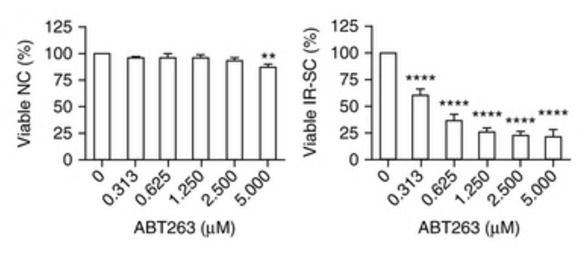A review of senescent cell removal therapies.
Aging at the cellular level is called “cell senescence”, and it contributes profoundly to whole-body aging. The most promising near-term prospects for a leap in human life expectancy come from drugs that eliminate senescent cells. Programs in universities and pharmaceutical labs around the world are racing to develop “senolytic” drugs, defined as agents that can kill senescent cells with minimal harm to normal cells.
Apoptosis is cell suicide, and (from the perspective of the full organism) it’s the best thing that can happen to senescent cells. The authors of this newest Dutch study ask how it is that senescent cells escape apoptosis.
FOXO is a protein that controls gene expression, a master transcription factor associated with aging and development. (It is the homolog in mammals of the pivotal life extension protein first identified in worms as DAF16 in the 1990s.) FOXO4 activiation in a cell can block apoptosis. P53 is the most common trigger of apoptosis, the first protein biochemists usually think of in connection with apoptosis. P53 has multiple functions in the cell nucleus, but as a trigger for apoptosis, it works through the mitochondria. FOXO4 binds to p53 and blocks its induction of apoptosis.
